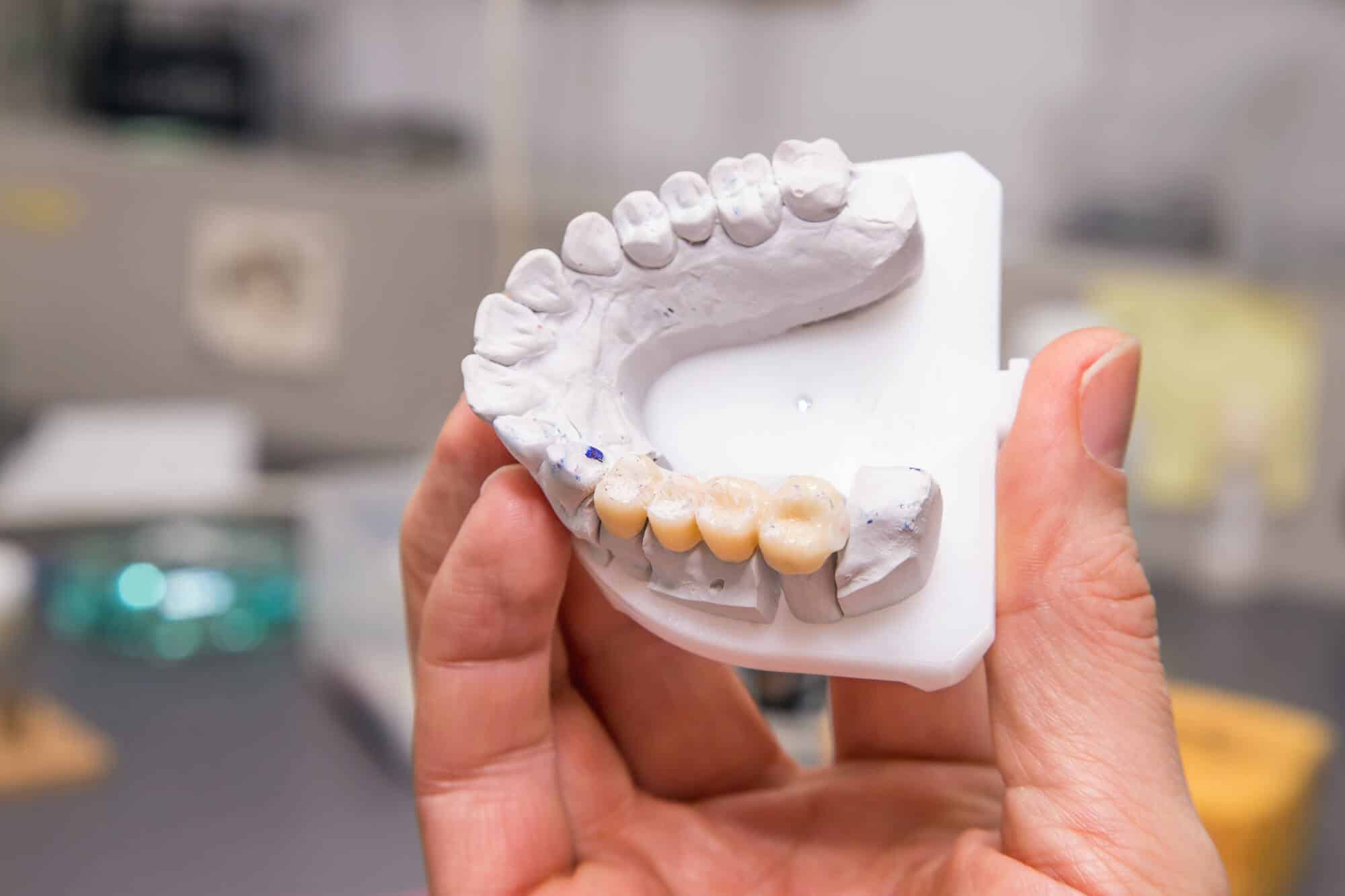Curious about your dental bridge procedure? Did you know that 69% of adults between the ages of 35 to 44 have lost at least one tooth? That means your situation is normal, nothing to be embarrassed about.
Are you still feeling anxiety? You can reduce it by learning more about your upcoming procedure. When you’re ready to discover the ins and outs of getting a dental bridge, so you can leave your fear behind, read on.
Initial Appointment
Your assessment takes place during your first appointment. This is when your dentist takes a close look at your existing teeth and missing teeth. Your dentist will take x-rays of your jaw and check for any signs of a dental emergency.
Your dentist will then speak with you about your options. That might include dental crowns, dental implants, or even a hybrid like a dental crown bridge procedure. If you’re dealing with anxiety, this is the best time to speak about overcoming your fear of dentistry.
Temporary Bridge Appointment
This is really the first of your dental bridge procedure steps. Your dentist must take a resin impression which will later be used in the laboratory as a guide to creating a permanent bridge. Your dentist must also prepare your teeth for the temporary bridge.
On either side of the gap in your smile, you’ll find your abutment teeth. Your dental bridgework procedure will use each of these teeth as anchors for your bridge. As such, your dentist needs to file them to an appropriate shape and take a color match.
This information is sent to the laboratory where your permanent bridge will be created. In the meantime, your dentist might fit you with a temporary bridge while you wait. Don’t worry, most patients say dental bridge procedure pain falls on the low end of the spectrum.
Permanent Bridge Appointment
This step has a shorter dental bridge procedure time than your last step. Unfortunately, that doesn’t mean you can escape from a healthy dose of local anesthetic. Without it, your appointment would still be uncomfortable, even though it’s short.
Your dentist will call you to come in when your permanent bridge arrives. First, he’ll remove your temporary bridge and check your teeth again. They might need another quick cleaning.
Then he’ll check the fit of your new bridge. He might need to make slight adjustments to your abutment teeth. Afterward, he’ll apply dental cement to either side of your bridge, where it meets your abutment teeth.
At first, the bridge will feel awkward. Try biting down gently to get the feel of your new teeth. Double-check it to ensure nothing is pinching or painful before you finish your appointment.
Follow Up
Your dentist will sign you up for another appointment to check on your progress. Until then, it’s up to you to use your bridge regularly. It takes time for your mouth to get used to the new hardware floating around in there.
Some patients can’t tell if there’s anything wrong with their bridge until after they get used to it. If you do notice another problem, your follow-up appointment is the best time to bring it to your dentist’s attention.
Beyond Your Dental Bridge Procedure
Now that you better understand how simple your dental bridge procedure will be, you can see that it’s nothing to worry about. Speak to your dentist during your initial consultation should you have any lingering doubts. If you still have questions, or you’re ready to sign up for your appointment, reach out to your local cosmetic dentist today.

